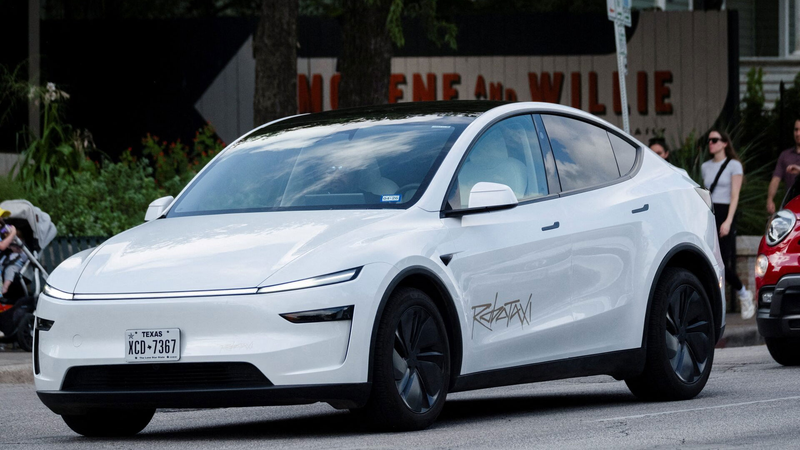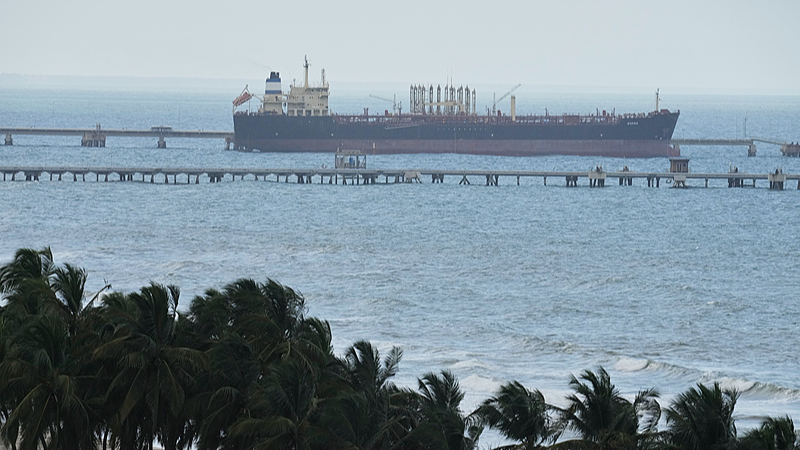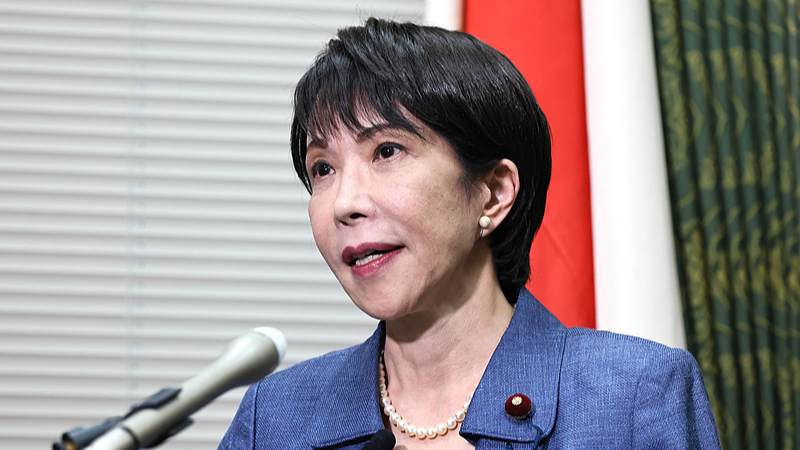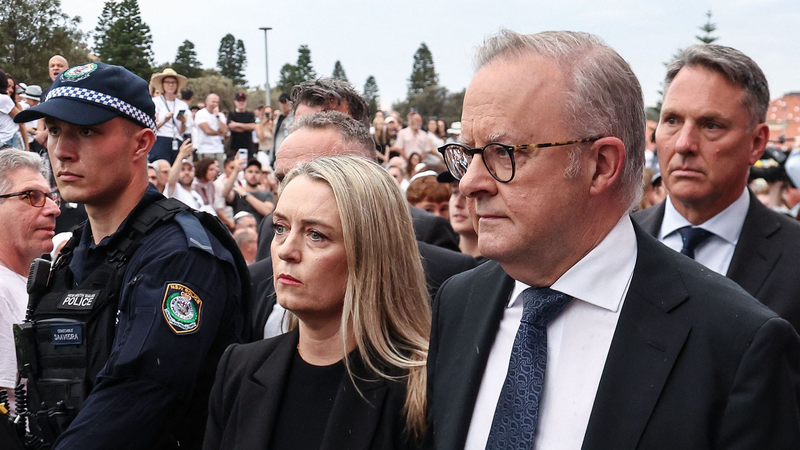Tesla’s ambitious robotaxi plans took an unexpected turn when a Florida jury ruled last week that the company’s Autopilot driver-assistance software was defective. The verdict stems from a 2019 crash involving a Model S sedan that struck a parked Chevrolet Tahoe, injuring bystanders and leading to a landmark $243 million award against Tesla.
In the 2019 incident, the driver—distracted while reaching for a cellphone—allegedly received no alerts before running a stop sign. The jury found Tesla partially responsible despite the driver admitting fault. Tesla has maintained that the motorist was entirely at fault and said it will appeal the decision.
This ruling lands at a critical moment for CEO Elon Musk, who is racing to secure regulatory approvals and scale a nationwide robotaxi network. Earlier this summer, Tesla quietly launched a pilot in Austin, Texas, deploying a dozen Model Y crossovers overseen by human safety monitors. Until now, Waymo held the distinction of the only paid, fully driverless service in the U.S.
Legal experts warn the Florida case could complicate Tesla’s push to offer robotaxis to nearly half of U.S. residents by year-end. State regulators in California, Nevada, Arizona and Florida are all weighing the safety record of Autopilot as they deliberate on permits.
The stakes are high. Demand for Tesla’s core EV lineup has cooled amid mounting competition in global markets, and much of the company’s multibillion-dollar valuation rests on breakthroughs in robotics and artificial intelligence. Multiple federal probes and recalls over Autopilot collisions underscore the technology’s ongoing scrutiny.
With several lawsuits still pending, Tesla now faces a pivotal moment: will it overcome legal headwinds and restore confidence in its self-driving vision? Or will regulatory hurdles and safety concerns slow its journey toward robotaxi dominance?
Reference(s):
cgtn.com



